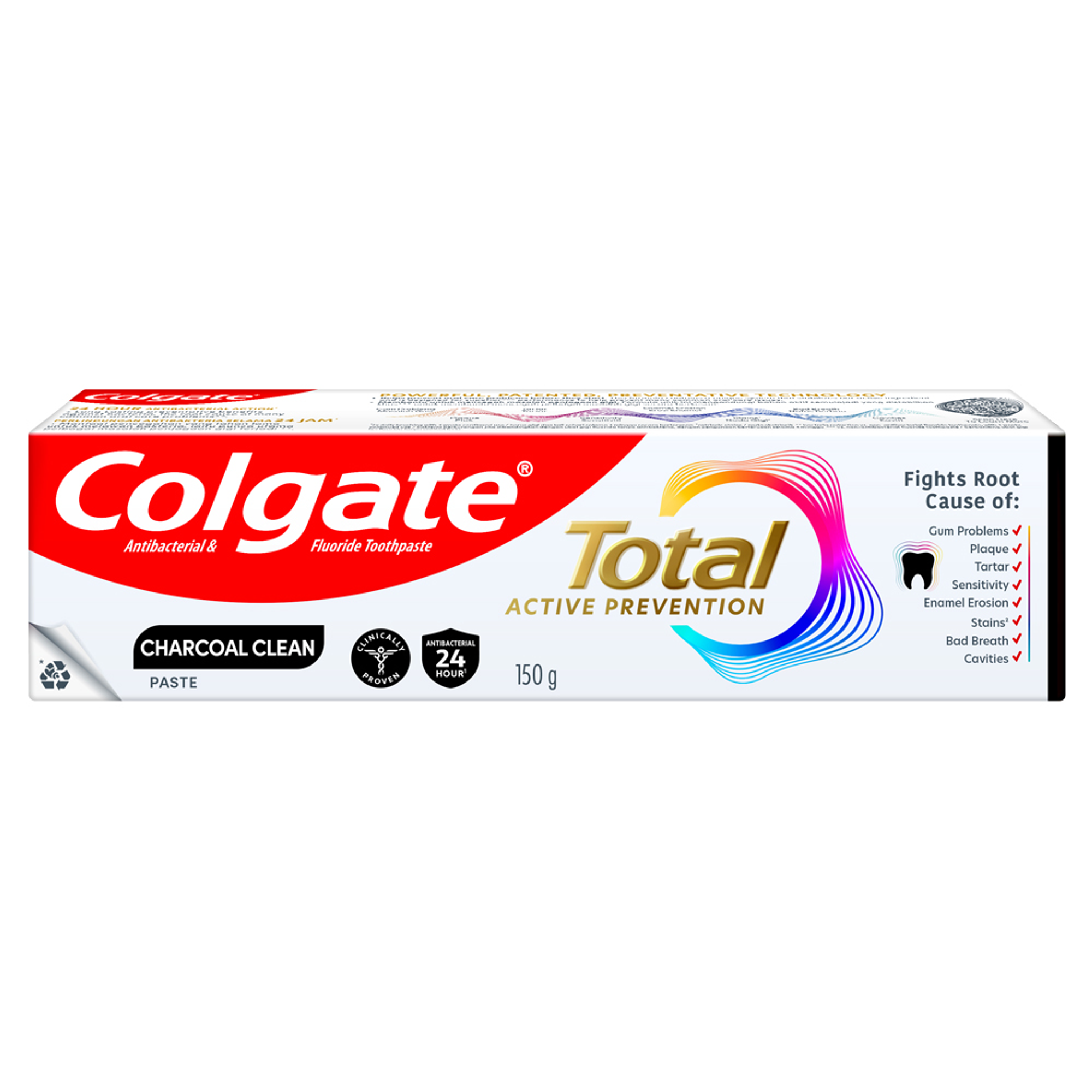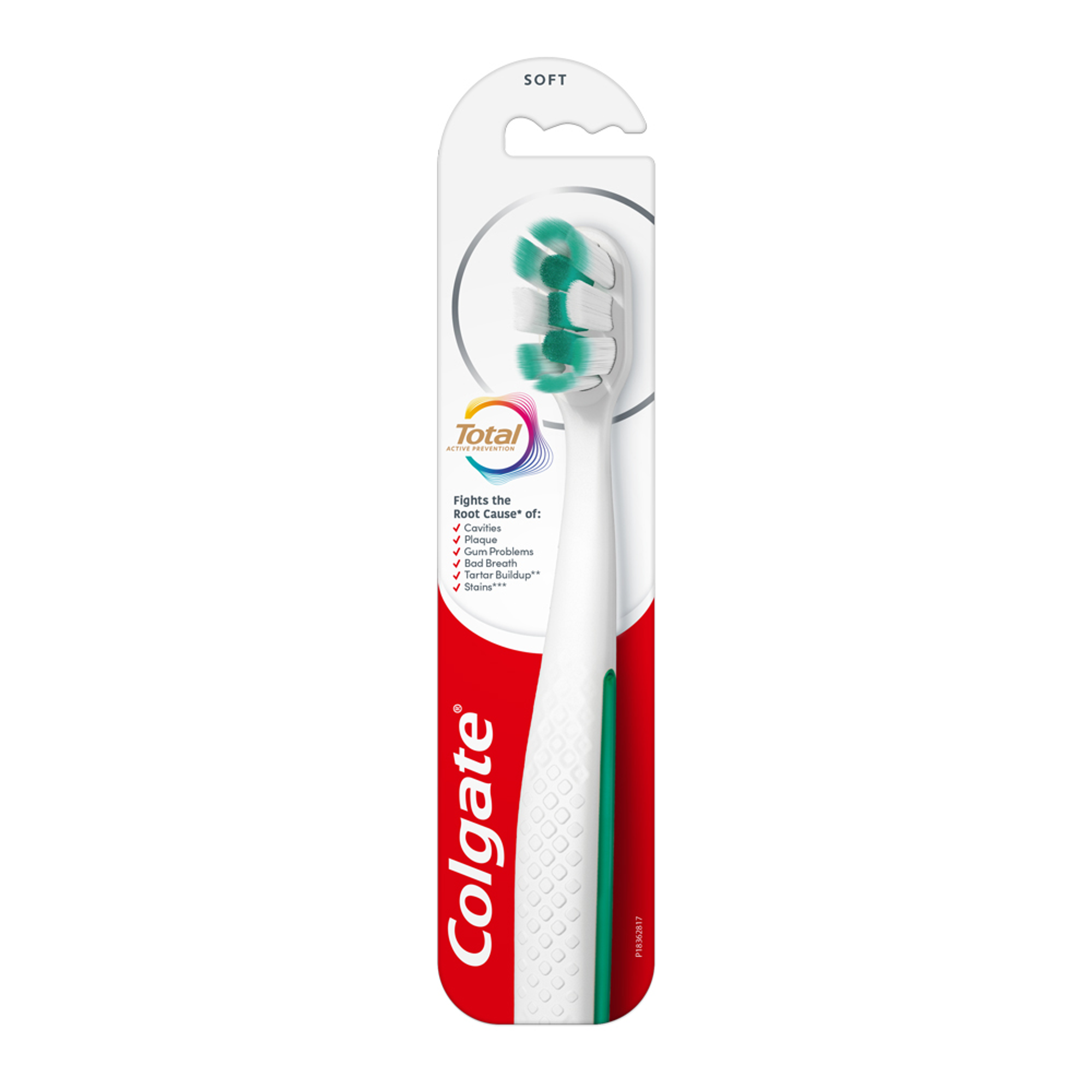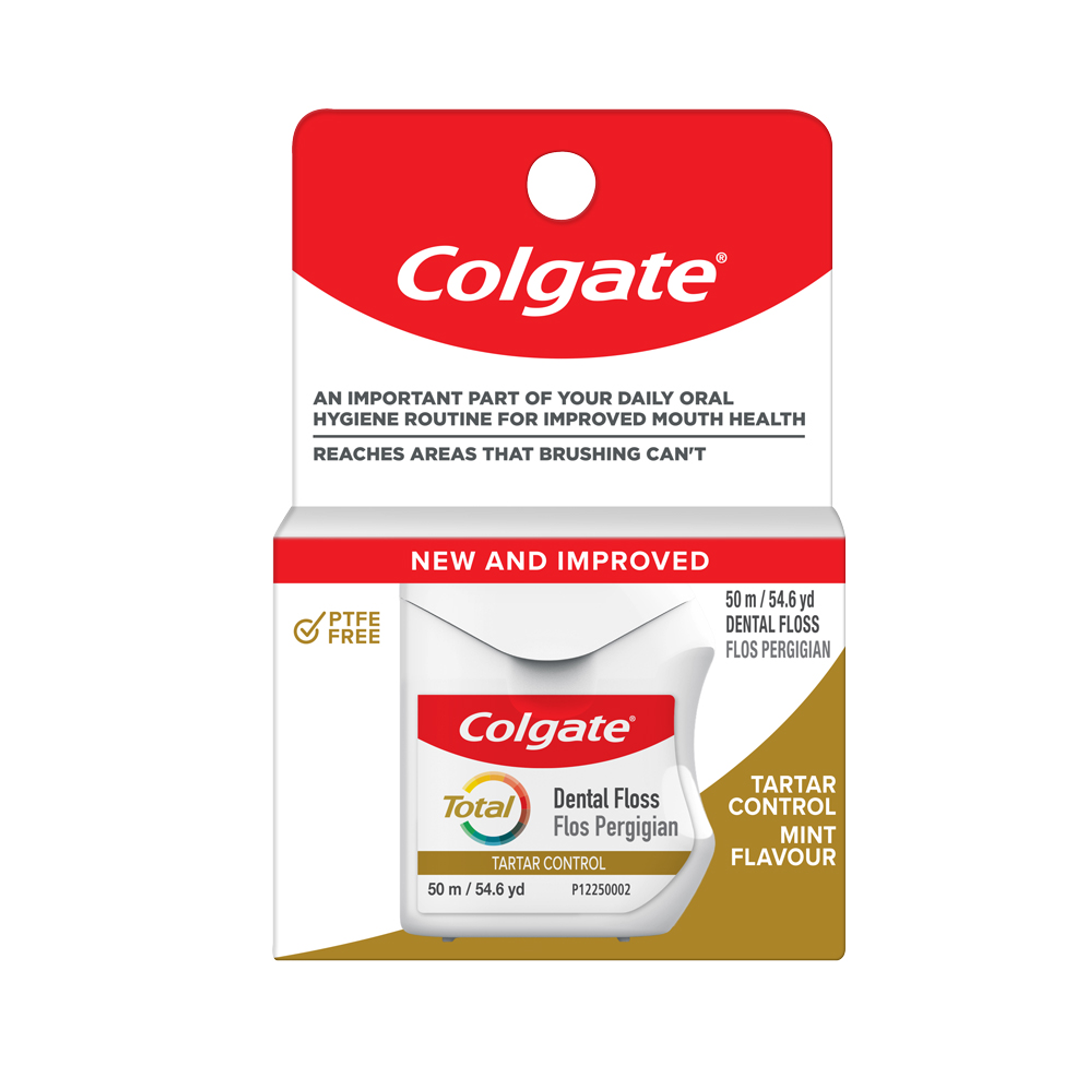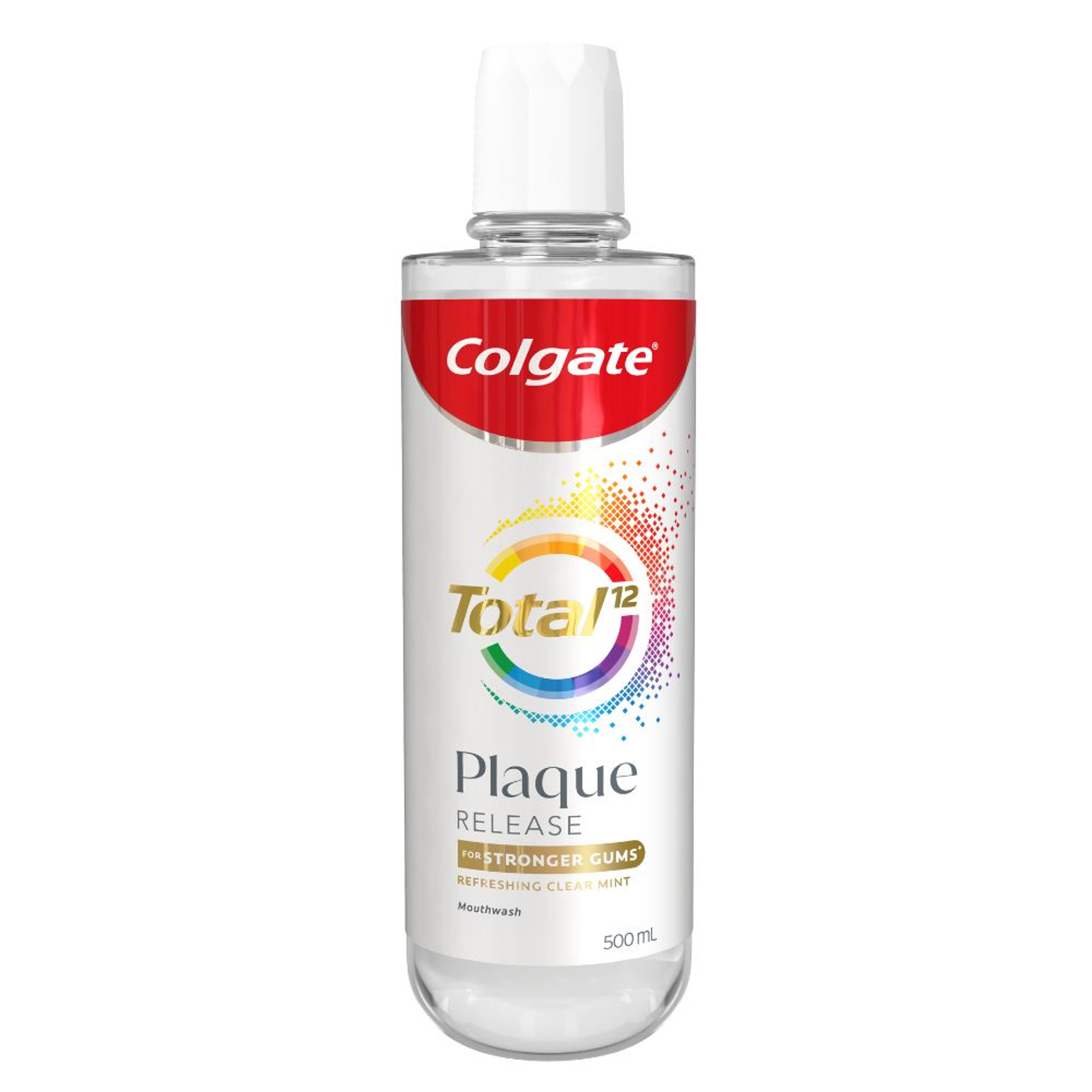-
-

FLUORIDE
Discover how stannous fluoride toothpaste prevents cavities and other oral health issues. Learn the key benefits of fluoride for teeth and its best uses.Fluoride plays a vital role in oral healthcare...

TEETH WHITENING
Teeth Whitening Serum for a Brighter, Confident SmileWho does not want whiter and brighter teeth? Thanks to the many teeth-whitening products available today...
-
Science & Innovation
- Colgate® | Toothpaste, Toothbrushes & Oral Care Resources
- Oral Health
- Is Woven Dental Floss Best? Finding The Right Floss For You


You'd think picking out floss would be an easy task, but the rows of choices at the pharmacy could turn this daily routine into a head-scratcher. Why all the different materials and features? What's the difference between woven dental floss and other varieties?
You know dental floss is an important part of your oral hygiene routine: It is recommended that you floss once a day, according to this article from The Straits Times. Still, you might find some flosses less comfortable or even difficult to use, so it's important to understand the difference between the types you have to choose from.
Nylon vs. Monofilament
The most common material for woven dental floss is nylon. In fact, the vast majority of flosses are created using tiny filaments of nylon woven together to create one stronger, flat strand. This is called "multifilament floss" and although it is comfortable for most users, it can break and fray with time. Another choice is monofilament floss, made from just one strand of stronger material – usually polytetrafluoroethylene (also known as Teflon). The type you're most comfortable with could require some trial and error. Nonetheless, monofilament floss can typically glide between teeth more easily and is more resistant to fraying.
Waxed vs. Unwaxed
Another variable you'll notice on floss packaging is whether the floss comes waxed or unwaxed. The former has been treated with a thin coat of wax to make the floss easier to pull between the teeth. Unwaxed floss actually squeaks against clean teeth to indicate you're successfully collecting plaque. Still, it's a matter of personal preference and what feels the most comfortable for your daily use.
Shape vs. Flavour
As you buy and dispense floss from different containers, you'll notice it comes in multiple shapes and sizes. Round floss is common (and one of the first incarnations of floss), but if your teeth are closer together, you may prefer the manoeuvrability of flat floss instead. Floss also comes in a variety of flavours, from mint to bubblegum and even cinnamon. As with most oral hygiene products, the one you can use comfortably is generally the most effective – especially because it encourages you to be consistent.
Flossing Technique
If you struggle to grip strand floss, you can purchase floss picks, which have both woven and unwoven material strung between two tines and attached to a handle. This makes flossing easier for small or shaky hands.
When flossing, break off about 50 cm of floss and stretch it taut between your two pointer fingers, leaving about 10 to 15 cm between (you may have to wind some excess around your index fingers so it doesn't slip off). Gently move the floss up and down between each space between your teeth, bending it across the lower surface to remove bacterial build-ups along the gum line. Remember to rinse well to get rid of any lingering plaque, and discard the floss after each use so you don't reinsert the same germs into your mouth.
Still unsure of the floss that's right for you? Talk to your dentist. In the end, the best floss is the kind you use at least once per day. Try using it with a foaming toothpaste, designed to get in between teeth for a more thorough cleansing. When used together, your oral health products help you create a better, cleaner and healthier smile.
Related Products

Helping dental professionals
More professionals across the world trust Colgate. Find resources, products, and information to give your patients a healthier future










